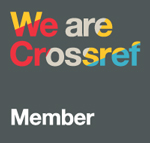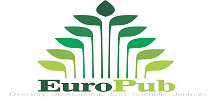Initial sites, expansion and convergence of Quechua, Aymara and Puquina
DOI:
https://doi.org/10.51440/unsch.revistaeducacion.2020.18.180Keywords:
quechua, aymara, puquina, languagesAbstract
The historical past of the major languages ??of ancient Peru, mainly the Andean languages, is still in constant discussion, despite having an academic roots that dates back more emphatically to the middle of the last century. The academic meetings of Cambritge (2008), Lima (2009) and Leipzing (2011) express their concern in reviewing the interpretive framework of the social and evolutionary development of the Andean linguistic reality; which is why, we offer some work on it.Downloads
References
Baldinger, K. (1986). Etimología popular y onomástica. Lexis X. 1-34
Bertonio, L. (1793-1901). Vocabulario de la lengua aimara. CERES-IFEA
Calsín, D. y Tumbalobos, V. (2016). Etimología y filiación lingüística de los topónimos de la región de Ayacucho. UNSCH
Cerrón-Palomino, R. (2004). Murúa y sus etimologías toponímicas. Lexis XXVIII. 1 y 2 (2010). Boletín de Arqueología. Lima: PUCP
Torero, A. (1987). Lenguas y pueblos altiplánicos en torno al siglo XVI.
Revista Andina 10 (2002). Idiomas de los Andes: lingüística e historia. Lima: IEF
Downloads
Published
How to Cite
Issue
Section
License
Copyright (c) 2020 David Peter Calsín Vilca

This work is licensed under a Creative Commons Attribution-NonCommercial 4.0 International License.





















